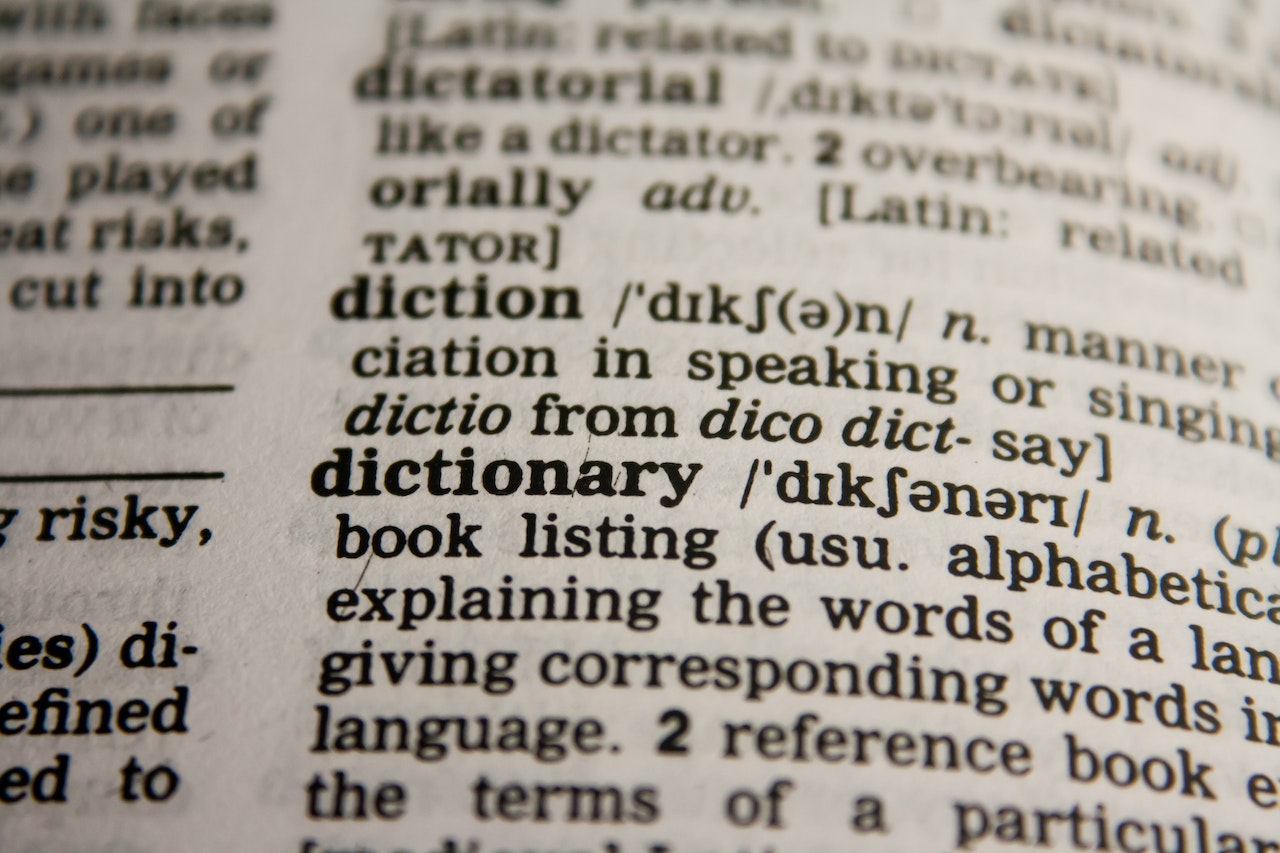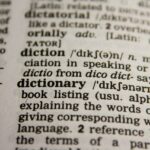
A word is a unit of language that represents a concept, an idea, or a feeling. Words can be made up of one or more parts, which we call “morphemes.” Morphemes are the smallest units of meaning in a language. They can be single words, like “cat” or “dog,” or they can be parts of words, like “un-” or “-ed.”
When we put words together into sentences, we create meaning. That meaning can be literal, like when we say “The cat slept on the mat,” or it can be figurative, like when we say “She’s a scaredy-cat.”
What does nfw stand for
Newfoundland and Labrador Folklore Society.
What is a word, and where does it come from?
A word is a unit of language that represents a concept, an idea, or a feeling. Words can be made up of one or more parts, which we call “morphemes.” Morphemes are the smallest units of meaning in a language. They can be single words, like “cat” or “dog,” or they can be parts of words, like “un-” or “-ed.”
Words come from a variety of sources. Some words are created by combining two or more existing words (like “brunch” which is a combination of “breakfast” and “lunch”). Other words are borrowed from other languages (like “kimono,” which comes from Japanese). Still other words are created by adding new meaning to existing words (like “google,” which was originally just a made-up word but now means “to search for something on the internet”).
The different parts of a word and their meanings
The different parts of a word can have different meanings. For example, the prefix “un-” can mean “not” or “opposite of,” as in the words “undo” and “unhappy.” The suffix “-ed” can mean either “past tense” or “adjective,” as in the words “baked” and “interested.”
Knowing the different parts of a word and their meanings can help you understand new words when you encounter them. It can also help you use words more precisely when you’re speaking or writing.
How to use a word in a sentence
When we put words together into sentences, we create meaning. That meaning can be literal, like when we say “The cat slept on the mat,” or it can be figurative, like when we say “She’s a scaredy-cat.” To use a word correctly in a sentence, you need to know what part of speech it is. For example, “cat” can be a noun or a verb. If you want to use it as a noun, you might say “The cat slept on the mat.” But if you want to use it as a verb, you might say “I’m going to cat tonight.”
You also need to know what tense to use the word in. For example, “sleep” is usually a verb in the present tense, like this: “The cat sleeps on the mat.” But it can also be a verb in the past tense, like this: “The cat slept on the mat.” Finally, you need to make sure that your sentence makes sense. This means using the correct word order and grammar. For example, you wouldn’t say “Slept mat the cat on,” because that’s not how we say it in English.
The difference between words and phrases
A phrase is a group of words that functions as a unit within a sentence. For example, the phrase “the cat” in the sentence “The cat slept on the mat” is a subject phrase. This is because it is the noun (or main word) in the sentence and it is doing the verb (or action). Phrases can be made up of single words (like “the cat”) or multiple words (like “the big, fat cat”). Phrases can also be shorter or longer than a word. For example, the phrase “to sleep” is two words, but it functions as one unit.
Words and phrases are both important in creating meaning in a sentence. However, phrases are usually longer and more complex than words. They can also be harder to understand. For this reason, it’s often helpful to break a phrase down into its individual words when you’re trying to figure out what it means.




